We include products we think are useful for our readers. If you buy through links on this page, we may earn a small commission. Here’s our process.
We totally get it: spots suck. And, if you’ve got acne-prone skin, you’ll be particularly aware of just how much these bumpy blemishes can wallop self-esteem.
Fortunately, there are plenty of weapons we can stash into our skin care arsenal to help fight them — including face masks.
When used as part of an ongoing daily and weekly regimen, masks can deliver a bonus blast of acne-battling goodies along with soothers and moisturizers that make your skin happy.
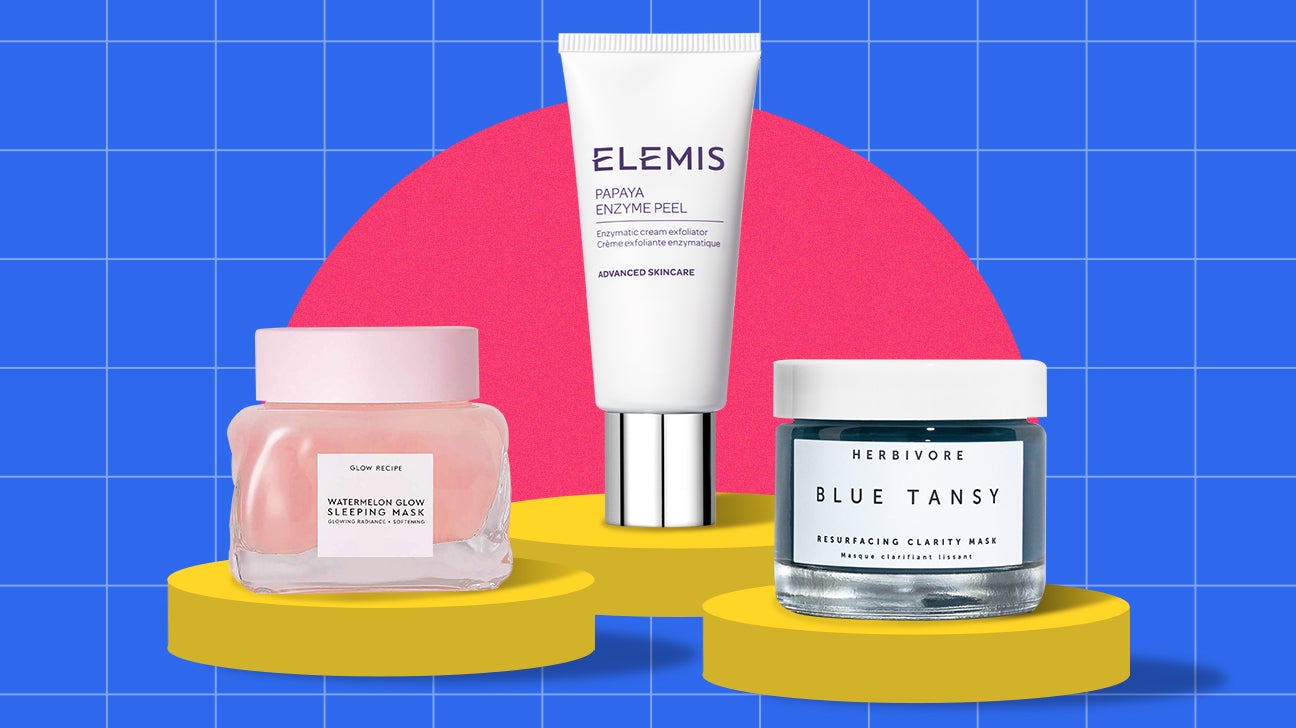
We’re here to peel away the myths around face masks and reveal how to find the best one for you. In this guide you’ll find:
- an overview of acne types
- how face masks work and the best ways to use them
- key ingredients to look out for based on your skin needs
- a price guide to let you know what your wallet can expect
- 13 of the best face masks for acne
- DIY face mask recipes
Types of acne
Before you can treat acne, it helps to understand what causes it.
“Acne is caused primarily by three things: high sebum levels, dead skin cell and dirt build up, and bacteria — all of which become congested within the pores and lead to breakouts,” explains Sasha Waite, director of Sasha Core Beauty + Skin Clinic. “This can be anything from a small pimple to severe acneic skins.”
Types of acne
- comedonal (whiteheads, blackheads)
- inflammatory (pustules, papules)
- cystic
There are three main types of acne. “Comedonal [the mildest] is caused by congestion within pores, and leads to whiteheads and blackheads,” reveals Waite.
Inflammatory acne sees this same congestion, but the associated bacteria causes infection underneath the skin.
“There are two types of inflammatory acne,” she continues. “Pustular acne is red bumps or spots with visible pus and/or whiteheads. Papules are visible red bumps or spots that are visibly inflamed, but don’t always have the pus or form a head. They are also sometimes hard to the touch.”
Finally, “cystic acne is a much more severe form of acne infection that sits lower within the skin (epidermis),” shares Waite.
Those with this form will “often have big lumps or swollen areas underneath the skin that never come to a head [and are] very sore to touch,” she adds. Cystic acne can last for a long time, and severe cases tend to require intensive professional treatment.
Using face masks for acne
There are plenty of skin products that promise to do plenty of things for your acne. So what’s special about masks?
For starters, masks often include a combination of ingredients that multitask to treat acne (for example, salicylic acid), and simultaneously soothe and moisturize irritated skin (think: hyaluronic acid).
Understanding your skin — since you know it better than anyone! — can help determine which mix of ingredients is best for you (more on that below).
Another bonus: Applying a face mask allows ingredients more time to sink into your pores and get to work. Generally, the best time to use a mask is in the evening, so you aren’t rushed and can give it the amount of allotted time (typically 10 to 20 minutes) to work its magic.
Of course, for any mask to be effective, it has to be used as part of a consistent daily skin care routine. Both morning and night, Waite emphasizes the importance of deep cleaning skin, since clogged pores and dirt buildup are where it all starts.
However keen you are to wave buh-bye to spots, try to rein your enthusiasm in and only use a mask once a week. “The worst thing [you] can do is overstimulate [acne-prone] skin,” shares Waite. “Used too often, skin will go into panic mode and actually produce more oils.” Eeek.
There are plenty of options when choosing a type of mask. Cream, gel, and clay-based masks are all good choices, as are peels; and overnight masks are A-OK to use as well.
However, there are some to avoid. “The worst thing to use is a mask that is abrasive,” Waite says. “This can break the skin and cause bacteria to be spread over the entire face.”
And, while they’ve gained popularity in recent years, “we personally do not often rate sheet masks,” she continues. “They are similar to face wipes in the fact they are packed full of preservatives and chemicals that can be too acidic and damaging to the skin.”
Ingredients that help fight acne
Labels filled with scientific-sounding words can be real mind bogglers, so keep a lookout for these essential skin care ingredients to ensure your mask truly packs a punch.
The exfoliators: AHAs, BHAs, retinols, enzymes
AHAs (alpha hydroxy acids). Glycolic and lactic acids are two common AHAs. These gently exfoliate skin cells and encourage cell turnover.
BHAs (beta hydroxy acids). Salicylic acid is the most common BHA and has earned a study-backed reputation as an acne warrior. It travels deep into the skin to dissolve dirt and germs clogging pores. Salicylic acid is antibacterial and anti-inflammatory.
Retinol. Like salicylic acid, retinol efficiently exfoliates pores. And, Waite reveals, it “will also regenerate your skin cells and speed up the skin cell regeneration process.”
The benefits don’t end there: it also works to even out and brighten skin. Note that retinol isn’t suitable for use if you’re pregnant, breastfeeding or taking certain medications — so check with your doctor before you start applying.
Enzymes. Got sensitive skin? In place of a stronger exfoliating mask (AHAs, BHAs), look for enzyme-based options. These “munch away at the skin without causing damage, and will not spread bacteria,” says Waite.
The bacteria busters: Charcoal, clay, tea tree oil, and benzoyl peroxide
Charcoal. With antibacterial properties, it’s great for getting rid of germs and dirt; and also in helping soothe inflammation.
Clay. This natural ingredient is known for its ability to draw out impurities.
Tea Tree Oil. This strong-smelling essential oil boasts natural antibacterial and anti-inflammatory properties. In addition to taking aim at clogged and dirty pores, it can reduce overall redness.
Benzoyl peroxide. Benzoyl peroxide kills bacteria and can also reduce inflammation. Beware, however, that it can be drying.
Sulfur. Sulfur works similarly to salicylic acid and benzoyl peroxide, but is gentler. It absorbs extra oil and dries out dead skin cells to essentially unclog your pores.
The soothers: Hyaluronic acid, enzymes
Hyaluronic acid or sodium hyaluronate. “They attach moisture from the inside and put lots of hydration into the skin — one thing [it] needs to be healthy and radiant,” shares Waite.
Niacinamide. A form of vitamin B3, niacinamide helps maintain your skin barrier (which in turn helps prevent water loss and avoid dehydrated skin). Niacinamide boosts ceramides (also good for your barrier function) so it’s a godsend for dry skin. There’s also some evidence that niacinamide can prevent the overproduction of sebum.
As you’re perusing product labels, it’s equally important to be aware of anything that could exacerbate your acne… namely, extra oils.
“Avoid masks that contain such words as moisturizing, nourishing or rich,” Waite explains. “These will most often be packed full of oils — one of the things an acne skin wants to stay away from due to already high sebum levels.”
Tips for getting started
- Assess your acne type and skin type (dry, red, etc.).
- Browse the list of ingredients above to determine which ones will best suite your skin.
- Shop for a cream, gel, or clay mask unless you have extra dry skin, in which case a sheet mask may offer added moisture.
- Incorporate a mask into your evening skin routine once a week and glow, baby, glow!
How we chose the best face masks for acne
We looked at four main criteria when compiling this list: ingredients; benefits; price; and professional/user reviews. Using those to vet the many products on the market, we’ve compiled a list of some of the best face masks available to help tackle acne.
And we’re nothing but fair, so have also included any drawbacks or “cons” of note.
Our picks: 19 best face masks for acne
Pricing guide
- $ = under $10
- $$ = $10–20
- $$$ = over $20
Best overall
FaceTheory Pink Clay AHA Face Mask
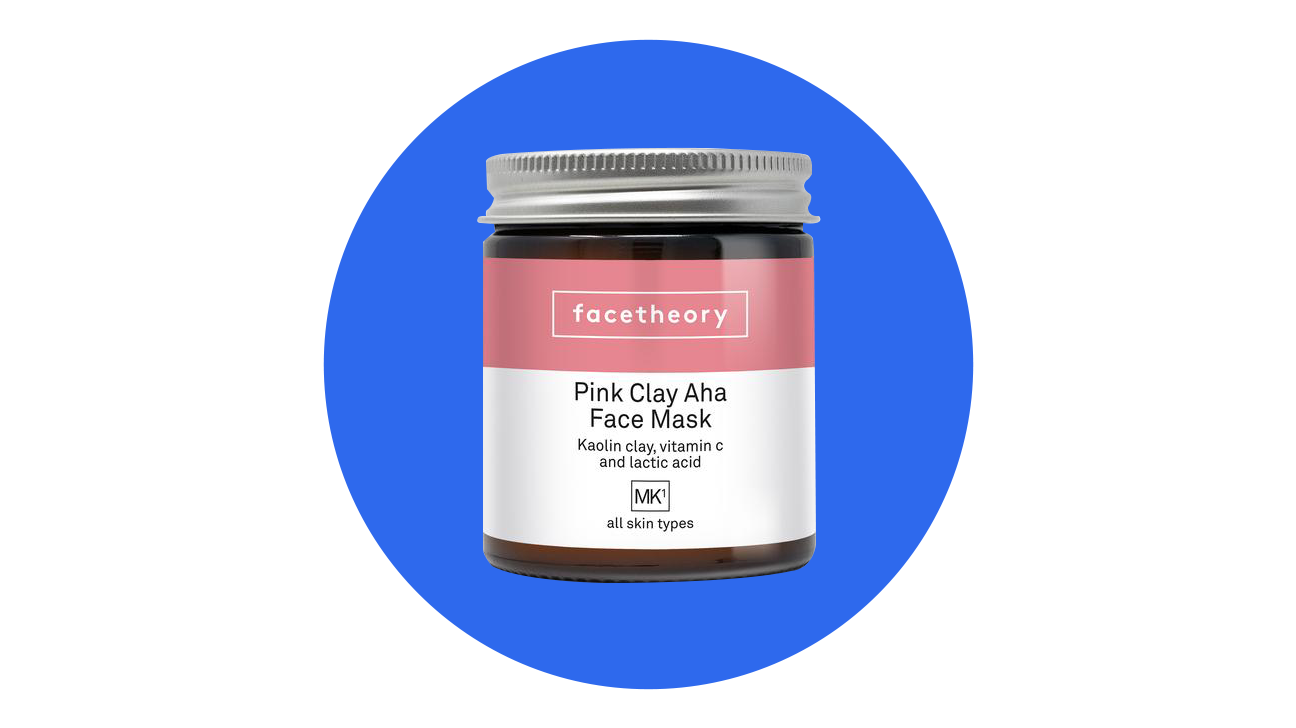
Drumroll, please… This mask garners the “best overall” spot because it brings big hitters to the fight.
Its clay formulation draws out impurities, while argan and jojoba oils hydrate, soothe and reduce the appearance of scars. There’s lactic acid to exfoliate, and vitamin C to brighten skin tone — plus, although the container is small in size, users say a little goes a long way.
Price: $$
Buy FaceTheory Pink Clay AHA Face Mask.
Best overall: Runner-up
Elemis Papaya Enzyme Peel
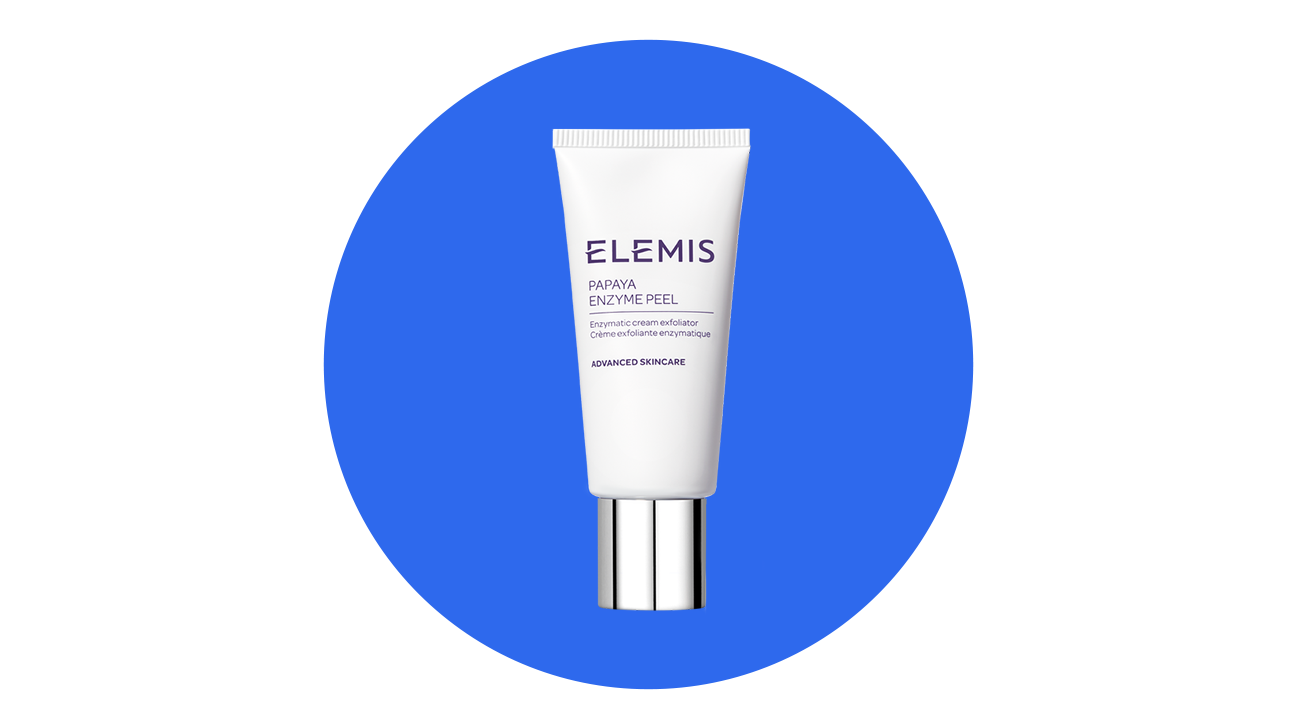
Packed with natural fruit enzymes, this peel exfoliates away bacteria, dirt, and dead cells — without being abrasive. Users adore how gentle it is, and say it helps skin immediately feel softer and look brighter. The main downer? It’s fairly pricey for a relatively small amount of product.
Price: $$$
Buy Elemis Papaya Enzyme Peel.
Best for: Cystic acne
Pure Biology Premium Clay Face Mask
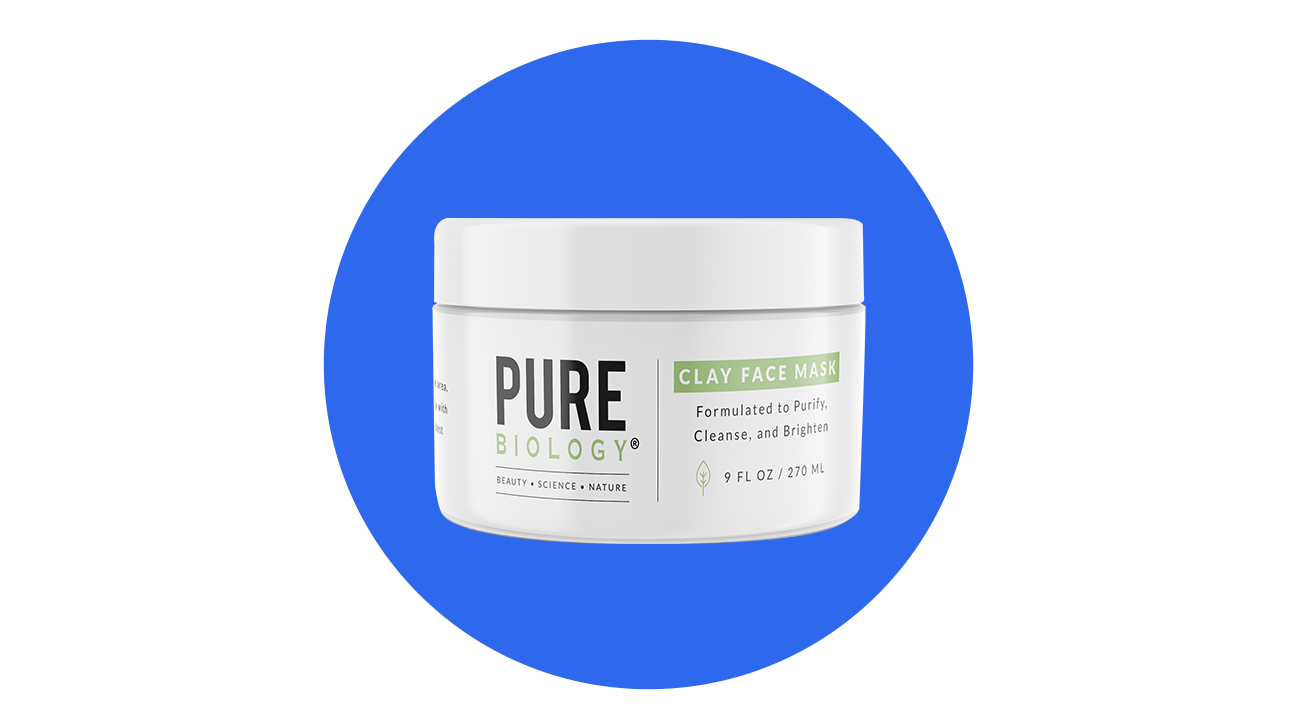
This mask’s retinol content is key in tackling the most stubborn spots, while bentonite and kaolin clays work to draw out oils. Reviews rave about noticeably minimized pores after use, the fresh scent, and the fact it doesn’t flake upon drying. As if that wasn’t enough, the pot is a generous size.
Price: $$$
Buy Pure Biology Premium Clay Face Mask.
Best for: Pustules
GlamGlow SUPERMUD Instant Clearing Treatment Mask
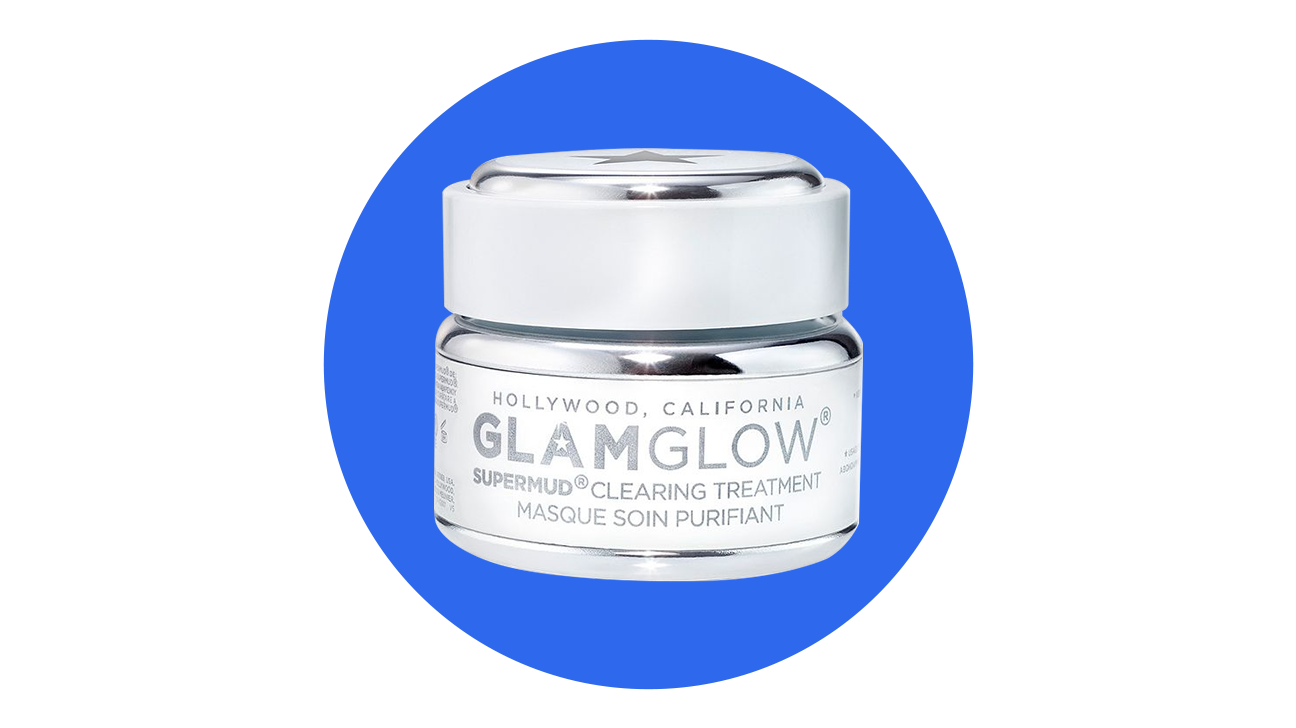
To truly absorb nasties, this mask blends kaolin clay with activated charcoal.
It also boasts several AHAs (including glycolic and lactic) and salicylic acid to unclog and exfoliate skin. It’s the most expensive on our list, but you only need to apply a thin layer and multiple users state its benefits are worth the cost.
Price: $$$
Buy GlamGlow SuperMud Instant Clearing Treatment Mask.
Best for: Papules
The Body Shop Tea Tree Skin Clearing Clay Mask
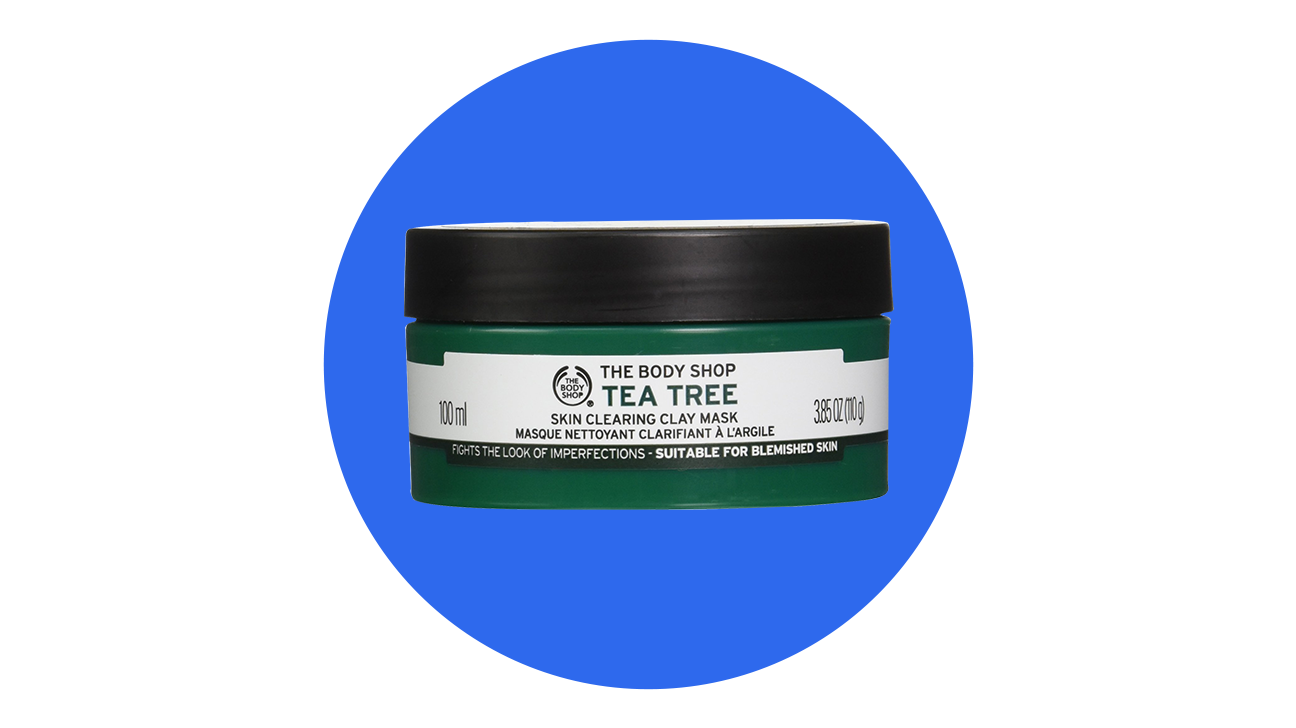
Tea tree oil has been used to treat skin conditions for centuries, and with good reason. It has proven antibacterial properties — essential in fighting off acne-inducing germs and in promoting healing.
As an added bonus, users rave over how this mask helps tame excess oil production. Check out the hundreds of reviews for enthusiastic comments that it clears without overdrying, is easy to wash off, and makes your skin feel fresh as a you-know-what. It’s also vegan and ethically sourced.
Price: $$
Buy The Body Shop Tea Tree Skin Clearing Clay Mask.
Best for: Blackheads
Paula’s Choice Oil Absorbing Mask
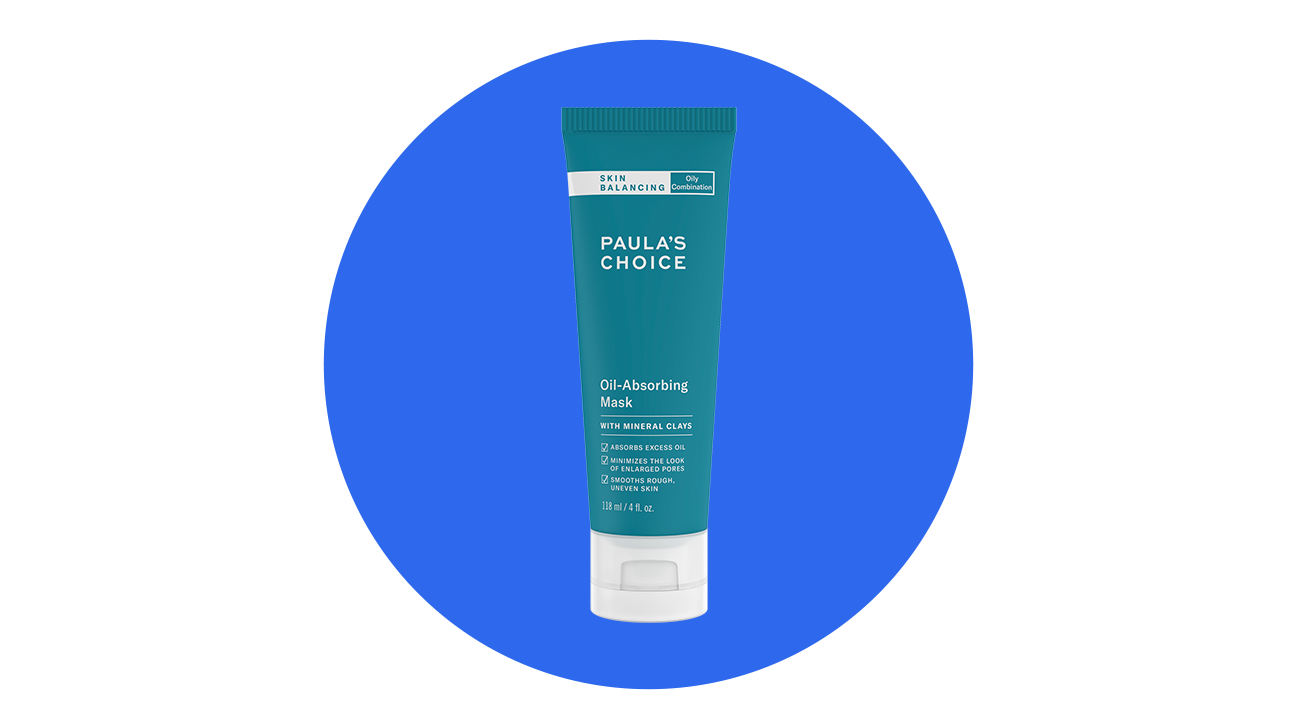
They say one is the loneliest number, so this mask incorporates several types of clay to ensure excess oil and dirt is well-absorbed. It also comprises oatmeal to help soothe inflammation, and reviewers note how effective it is at both banishing blackheads and reducing pore size.
Price: $$$
Buy Paula’s Choice Oil Absorbing Mask.
Best for: Whiteheads
Clinique Acne Solutions Oil-Control Cleansing Mask

Around for more than 50 years, Clinique is a brand that continues to evolve with the times (case in point: “No parabens. No phthalates. No fragrance. Just happy skin.”). Here, kaolin clay base gently absorbs and extracts, while salicylic acid clears dead skin.
The formula can also be used in small areas rather than all over — ideal for targeting whiteheads as they appear. You get a decent amount of product for your hard-earned dollars.
Price: $$$
Buy Clinique Acne Solutions Oil-Control Cleansing Mask.
Best for: Acne scarring
Banish Pumpkin Enzyme Masque
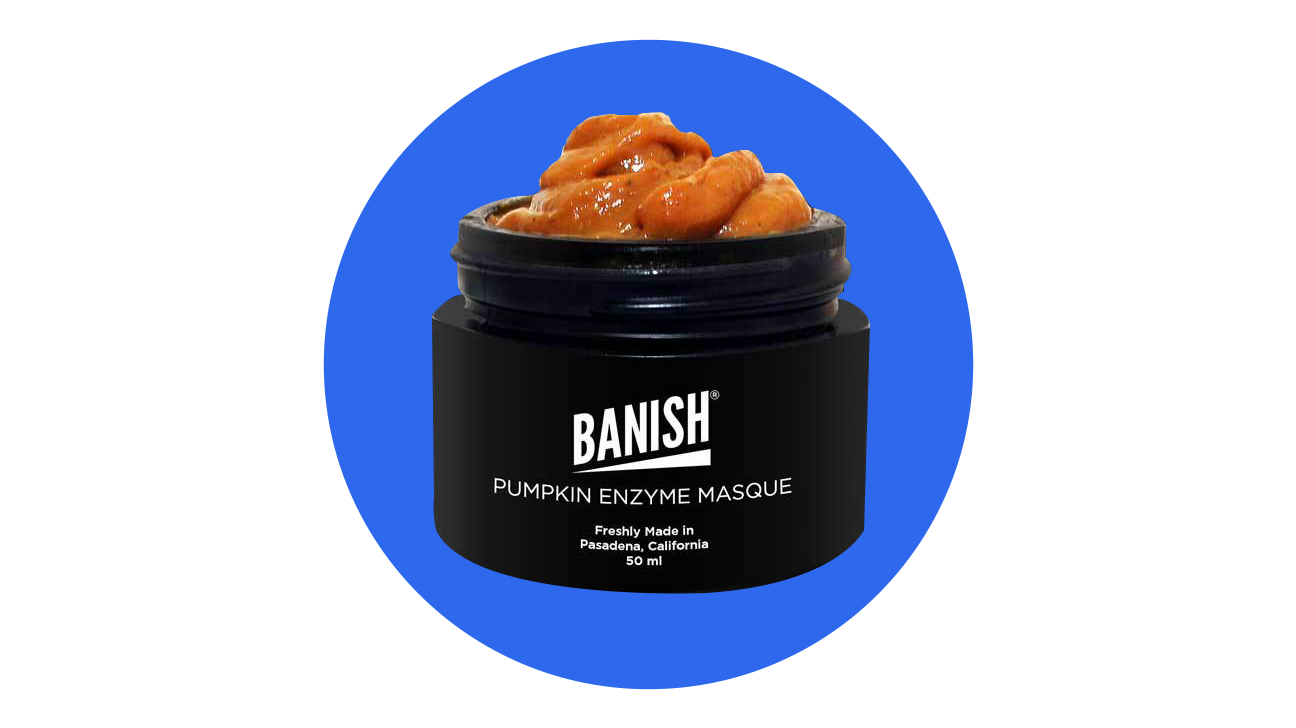
While fans applaud this masque’s ability to stave off new pimples, they’re even more impressed by its effect on minimizing the appearance of old scars — and state that it’s definitely worth sticking with the tingling feeling for.
As Earth-friendly extras, the masque is made-to-order and comprises all-natural ingredients including pumpkin fruit, organic bilberry fruit extract, vitamin E, meadowfoam seed oil, vitamin C, glycolic acid, neem seed oil, rosemary leaf extract, cinnamon bark powder, ginger root, and nutmeg powder.
Price: $$$
Buy Banish Pumpkin Enzyme Masque.
Best for: Oily skin
La Roche-Posay Effaclar Clay Mask for Oily Skin

It’s all in the name: This drugstore-brand mask is an ideal go-to if you’re constantly battling shine, as it helps skin retain a matte appearance while it wages war on acne.
The formula features kaolin clay to draw out impurities and glycerin to help retain moisture; plus it’s dermatologist-tested, oil-free, and suitable for sensitive skin.
Price: $$
Buy La Roche-Posay Effaclar Clay Mask for Oily Skin.
Best for: Sensitive skin
Cetaphil Pro Derma Control Purifying Clay Mask
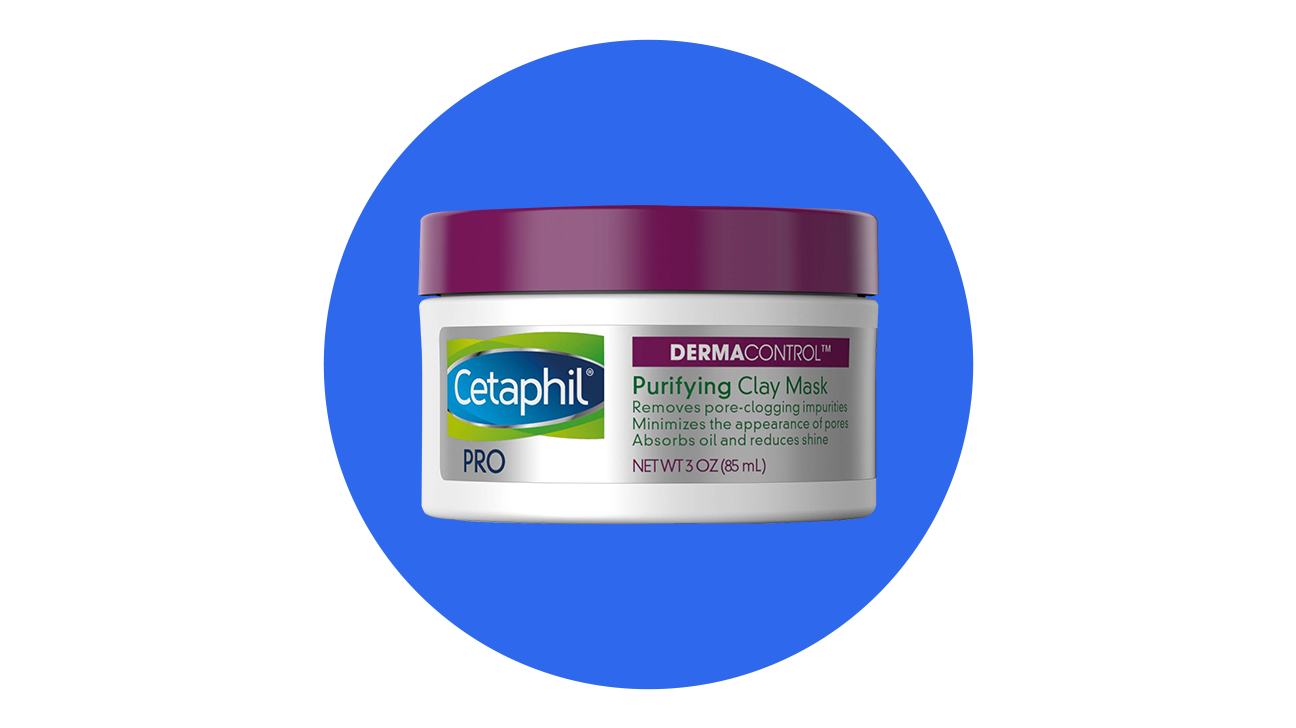
Want to battle excess oil and spots, but find that your skin flares at the lightest touch? This mask has you covered (literally). Specially formulated to be gentle but effective, two types of clay detox and exfoliate, while fruit extracts offer hydration so skin isn’t left feeling dried out.
Price: $$
Buy Cetaphil Pro Derma Control Purifying Clay Mask.
Best for: On a budget
Clearasil Stubborn Acne One Minute Face Mask
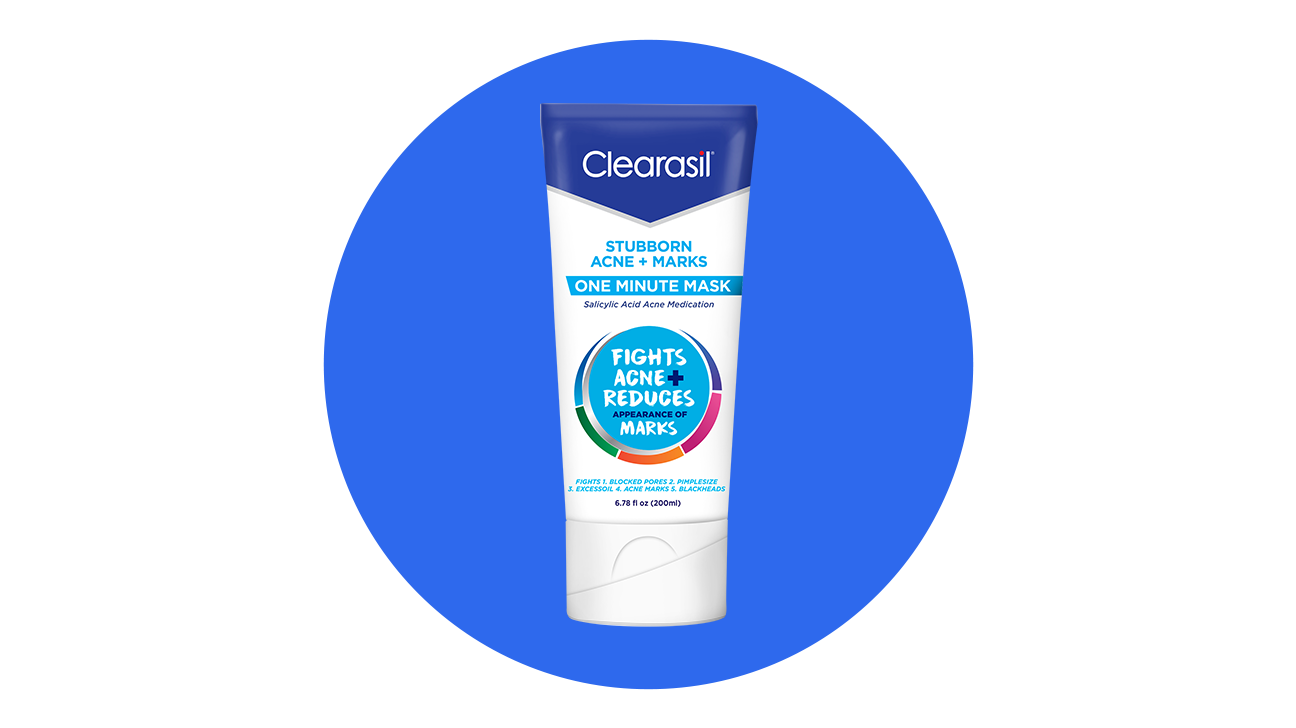
Forget 20-minute masks: this 1-minute hero is perfect for even the most impatient. The formulation contains a respectable 2 percent of salicylic acid to unblock pores, along with vitamin B3 and AHAs to encourage cell regeneration and reduce marks. An absolute steal.
Price: $
Buy Clearasil Stubborn Acne One Minute Face Mask.
Best for: Overnight use
Glow Recipe Watermelon Glow Sleeping Mask
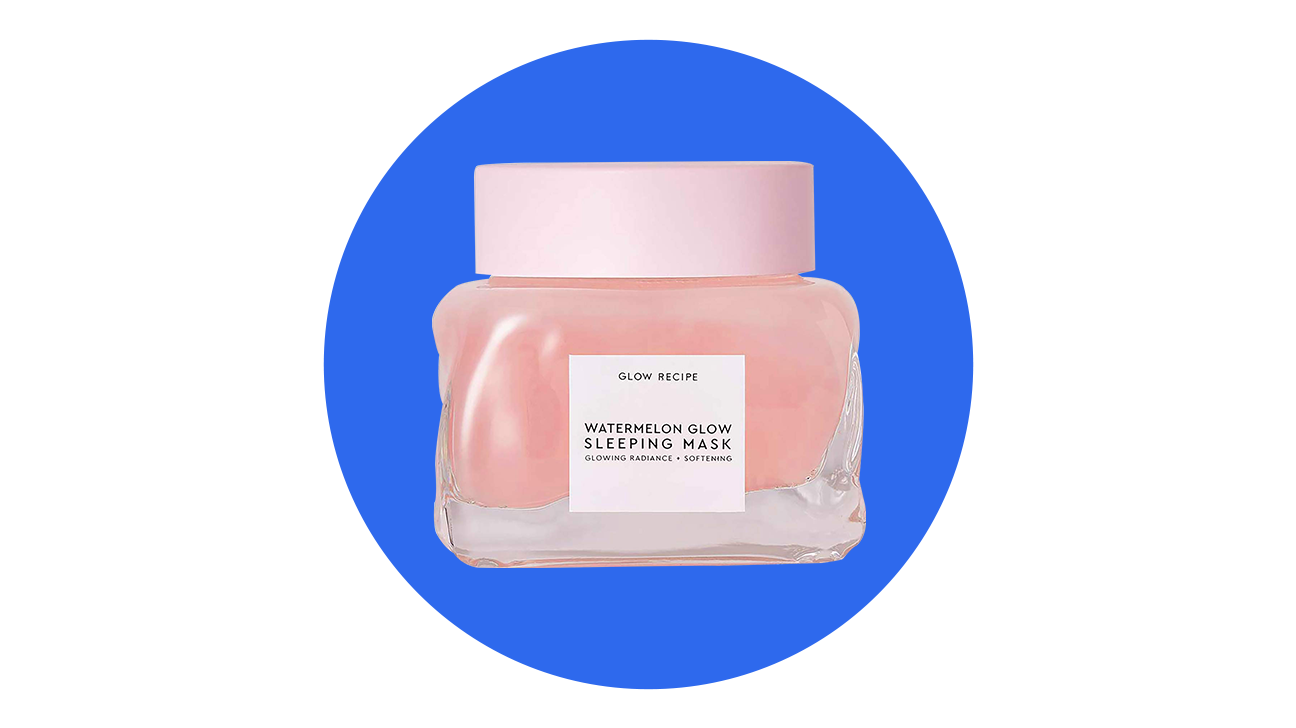
Winner of multiple awards, it’s no surprise this mask has almost 3000 five-star reviews on the brand’s website. The lightweight, gel-like formulation lets pores breathe, while AHAs and hyaluronic acid are packed in to exfoliate and hydrate respectively. A true glow-getter.
Price: $$$
Buy Glow Recipe Watermelon Glow Sleeping Mask.
Best for: A natural option
Herbivore Blue Tansy Invisible Pores Mask
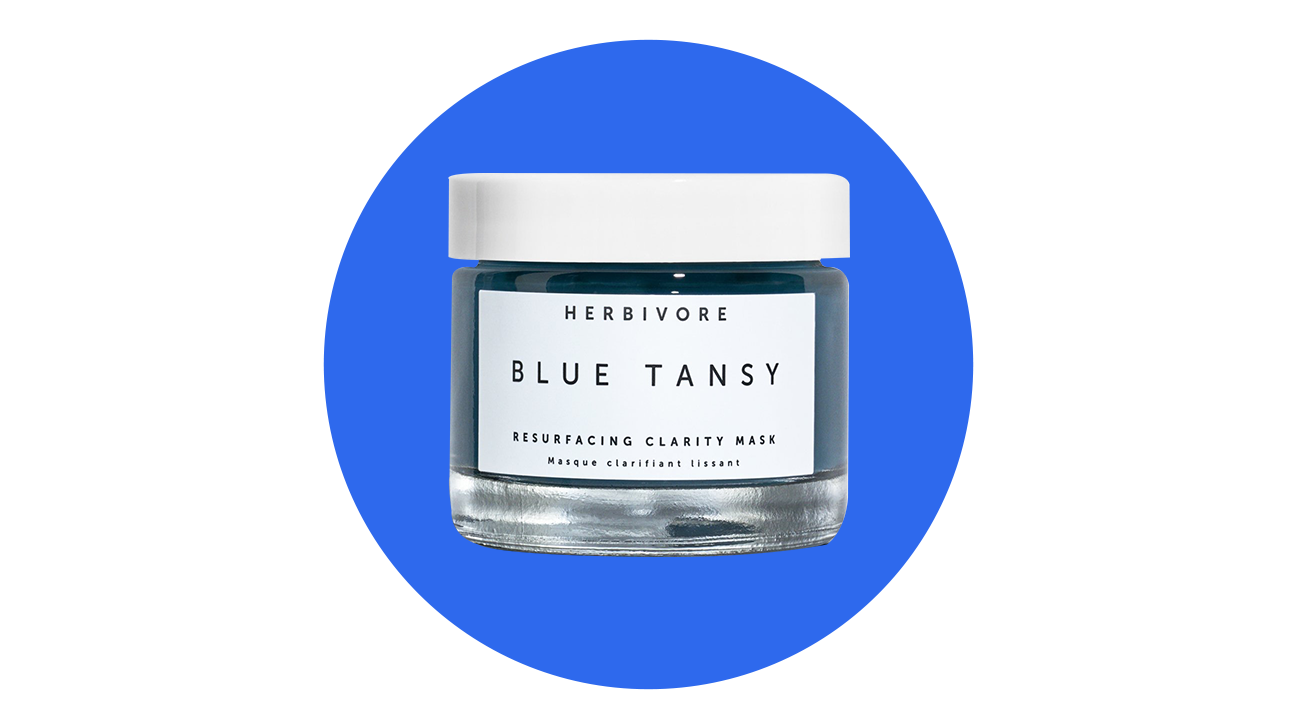
Formulated with 100 percent natural ingredients, this gel mask is designed especially for blemish-prone skin.
Fruit enzymes are blended alongside blue tansy essential oil — which is fast gaining recognition for its anti-inflammatory effects. It’s not the cheapest, but reviewers love how quickly they saw a difference.
Price: $$$
Buy Herbivore Blue Tansy Invisible Pores Mask.
Honorable mentions
- Fresh Umbrian Clay
- Origins Clear Improvement
- Peter Thomas Roth Sulfur Mask
- Glossier Green Galaxy Pack
- Innisfree Super Volcanic
- Aztec Secret
DIY mask recipes for acne
A strapped bank account doesn’t have to mean your skin stays strapped too! These DIY solutions require just a few low-cost staples to tackle pimples straight away.
Honey and turmeric mask
- 1 tablespoon honey (organic if possible) + 1/2 teaspoon turmeric
- Mix well together in a small bowl, then gently smooth over the face and leave for 10 minutes. Remove with warm water and a washcloth.
Oat and tea tree mask
- 1 cup plain oats + three drops tea tree oil
- Boil oats with water, as if making oatmeal. Once the water is almost all absorbed, stir in the tea tree oil and let the mixture cool. When ready, apply to your face and leave for 20 minutes before washing off.
tl;dr
Not just for relaxing spa days, face masks can be an essential ally in fighting acne — especially when used as part of a consistent and diligent skin care routine.
Cream, mud, and peel masks are your best bets, and there are particular ingredients to look out for that will tackle blemishes at a deeper level to provide more effective results.
Acne can prove a big blight on our overall lives, and not just our skin — but exploring your options to find the best solution for your needs could be the first step towards positive change.
from Greatist Health RSS Feed https://ift.tt/3maBlHy

No comments:
Post a Comment